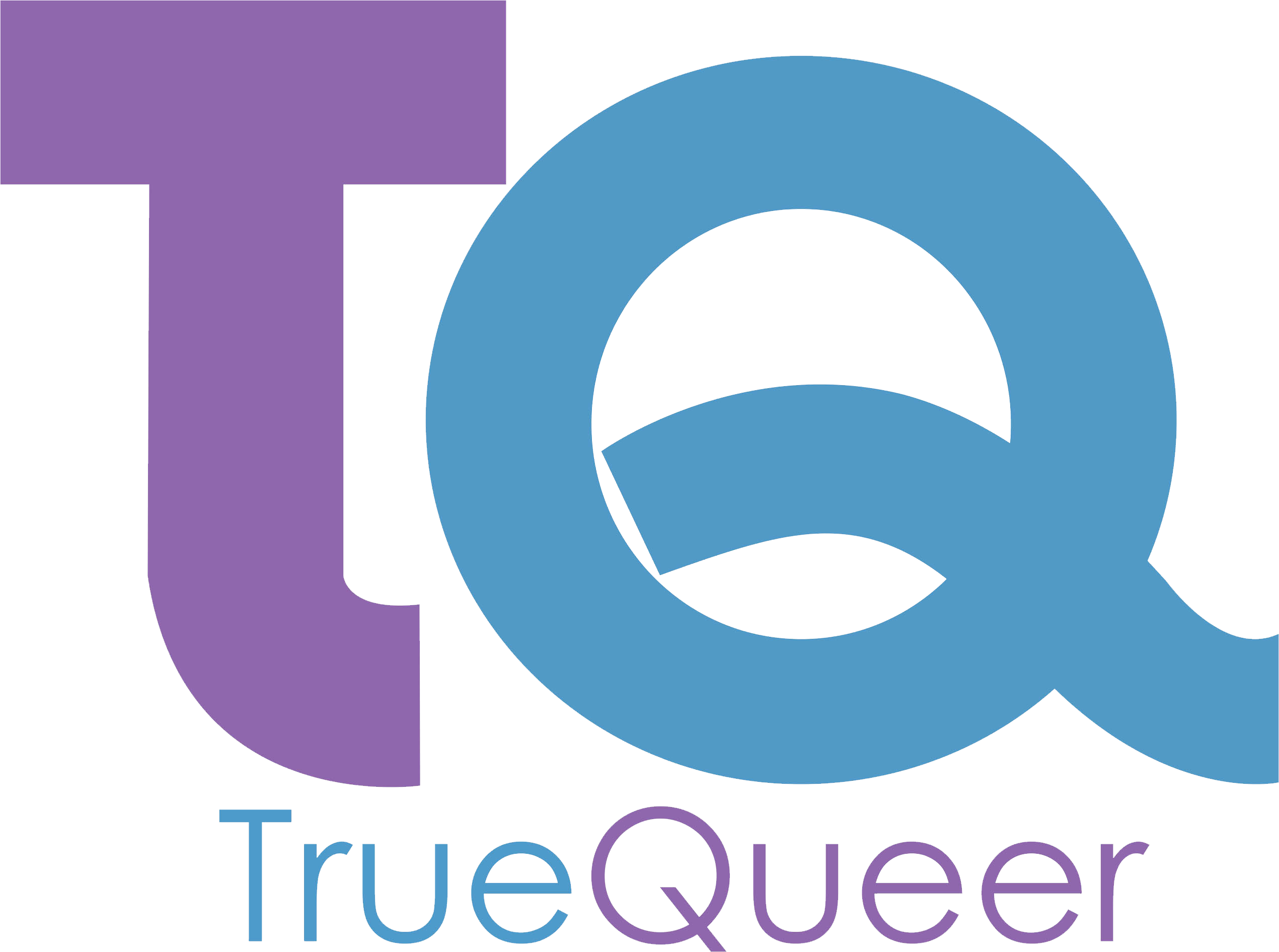Scientists are moving closer towards the development of human embryos using genetic material from two different men.
Sign up for more LGBTQ+ news and updates at TrueQueer.
Researchers at Oregon Health & Science University (OHSU) have made a groundbreaking discovery in reproductive technology that may allow male couples to have a biological child together. This innovative process, called in vitro gametogenesis (IVG), involves creating an egg from a skin cell and fertilizing it with sperm.
The OHSU team has been testing IVG on mice. The process involves removing the nucleus from a skin cell and inserting it into a donated egg, which has had its nucleus removed. Half of the chromosomes in the nucleus are then removed to prepare for fertilization by a sperm cell. This approach is similar to the cloning process used for Dolly the sheep in 1996, but with the added step of removing half of the chromosomes.
Shoukhrat Mitalipov, the senior author of the study and the director of the OHSU Center for Embryonic Cell and Gene Therapy, as well as a professor of obstetrics and gynecology and molecular and cellular biosciences at the OHSU School of Medicine, explains that the goal of IVG is to produce eggs for individuals who cannot produce their own. This technology shows promise in helping those with uteruses who struggle with infertility as well as male same-sex couples who want to have biological children.
While the OHSU team has made progress in using IVG with mouse cells, there is still much work to be done before it can be used on humans. According to Paula Amato, an obstetrics and gynecology professor at the OHSU School of Medicine, more research is necessary to understand how chromosomes pair and divide properly to mimic natural reproduction.
So far, pairing chromosomes has only been successful in a few cases, so the team is focusing on improving this process. Mitalipov stresses the importance of perfecting chromosome pairing to ensure accurate reproduction of natural genetic processes.
What sets this study apart from others on IVG is the unique approach taken by the OHSU researchers. While others are trying to reprogram skin cells into stem cells before creating egg or sperm cells, the OHSU team is skipping this step entirely. By eliminating the need for cell reprogramming, their technique avoids potential changes in genes and the epigenome that may occur during a long reprogramming process.
IVG has potential far beyond helping those with infertility or same-sex couples have biological children. This technology could revolutionize reproductive medicine by offering new options to individuals trying to conceive using their own genetic material.
Although IVG being used in clinical practice is still a ways off, the progress made by the OHSU researchers is a significant step forward in the field of reproductive technology. As they continue to improve their techniques and overcome challenges, the possibility of male couples having biological children together gets closer to becoming a reality.
Follow us on: Facebook for more LGBTQ+ news and updates at TrueQueer.
![]()

